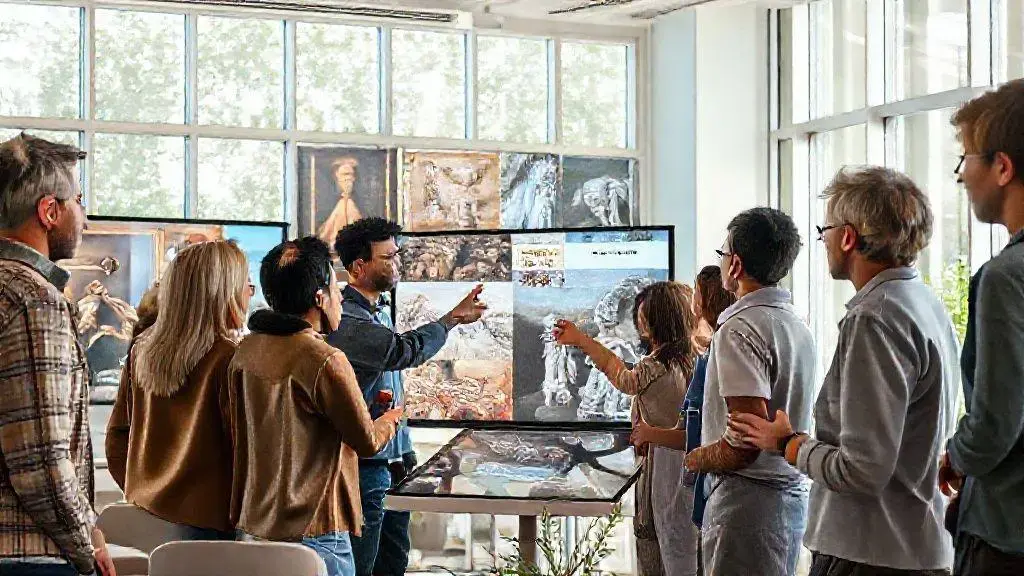Leitura: 6 minutos Unlock creative thinking and market knowledge as you explore the world of free online history of art courses. In this article, you’ll learn how leveraging these resources fuels personal and professional advantage, gives you an edge in innovation, and keeps you ahead in a rapidly evolving global marketplace. Whether you aim to lead teams or expand your own horizons, this is a roadmap for competitive minds.
Why Art History Courses Matter
Art history free online courses have exploded in popularity, thanks to top universities and museums taking content virtual. For leaders, the takeaway is clear: digital access is bridging knowledge gaps on a global scale.
- Diverse perspectives help foster creativity and critical thinking.
- Understanding art movements boosts your cultural intelligence, a prized asset in global business.
- Awareness of art evolution aids in interpreting consumer trends and innovation cycles.
In practice, these courses deliver surprising value beyond the arts. The message is: Will you leverage art history for your own strategic edge?
Big Players Drive Free Access
Institutions like MoMA, Harvard, and Yale are leading the charge. Their free courses bring world-class content to anyone with an internet connection, democratizing art education. The impact is market disruption—a shake-up of traditional tuition models.
- Courses range from ancient to modern art, appealing to broad audiences.
- Interactive elements simulate museum visits and hands-on analysis.
- Certification options add extras for professional and academic growth.
For forward-thinking executives, the signal is obvious: accessibility and brand equity are merging as killers of old barriers. How could your sector benefit from similar moves?
Market Trends and Global Reach
Globalization is supercharging enrollment in art history MOOCs (Massive Open Online Courses). Data shows more learners are accessing content from non-Western countries, diversifying the art dialogue and driving inclusive innovation.
- Scalable platforms enable learning at pace, anytime, anywhere.
- Mobile-first design targets emerging markets and young professionals.
- Collaborative projects sharpen soft skills prized in modern management.
The practical effect? Teams equipped with global mindsets and new leadership reflexes. Are you adapting your talent pipeline to harness this diversity?
Competitive Advantage for Organizations
Firms that encourage art history learning see benefits spill across the value chain. Market leaders report higher employee retention when staff access intellectually stimulating content beyond core job skills.
- Art literacy supports creative branding and customer empathy.
- Team training in art fosters out-of-the-box problem solving.
- Exposure to online courses boosts digital fluency—a nonnegotiable today.
In practice, integrating non-technical skills pays dividends. Would boosting art-driven knowledge shift your team’s innovation curve?
Risks and Regulation in Online Learning
Online art courses can face regulatory scrutiny, especially regarding copyright, data privacy, and academic accreditation. Providers must adapt to evolving standards set by global and US regulators.
- New frameworks push platforms to increase transparency in sourcing images and readings.
- Student privacy is a growing concern, requiring robust digital governance.
- Accreditation is shifting as employers recognize digital micro-credentials.
For risk management, it’s clear: seamless compliance now drives longevity and trust. Is your learning offering prepared for the next regulatory wave?
